Many battles have left their mark on countries, people, and cultures throughout history. Major engagements during world wars shaped the international landscape and military tactics for years. The battles featured millions of soldiers, huge losses, and stunning bravery and resistance. From the battlefields of WWI to the pivotal conflicts of WWII, the most tragic battles impacted history.
10. The Battle of Leyte Gulf
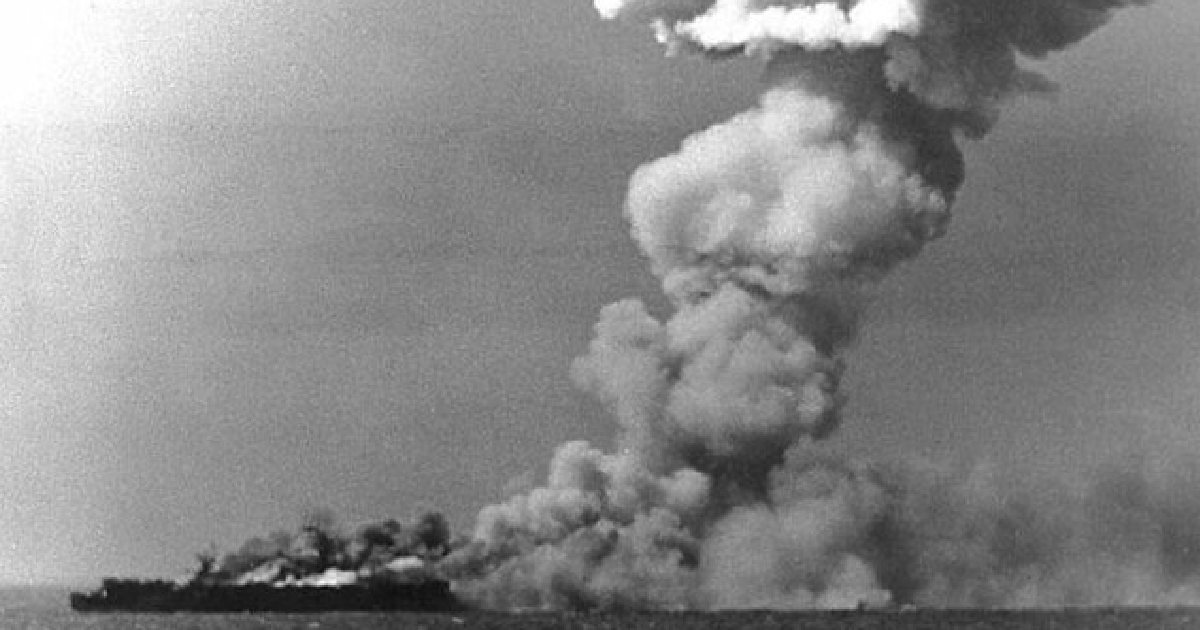
- Location: Leyte Gulf, Philippines
- Deaths: Estimated 16,000–30,000 casualties
- Key Features: Largest naval battle, Japanese and Allied forces, decisive Allied victory
The battle of Leyte Gulf, which took place between October 23 and 26, 1944, was the greatest naval battle in history. In World War II, the United States Navy led an effort to retake the islands of the Philippines from Japan. These enormous warships and plane units clashed strongly, delivering the Allies an undeniable victory.
In warfare, Leyte Gulf was significant for its size and military significance. The battle immobilized the Japanese navy, granting the Allies Pacific stability. After this triumph, the Pacific battlefield changed, allowing future offensives to win the war.
9. Passchendaele
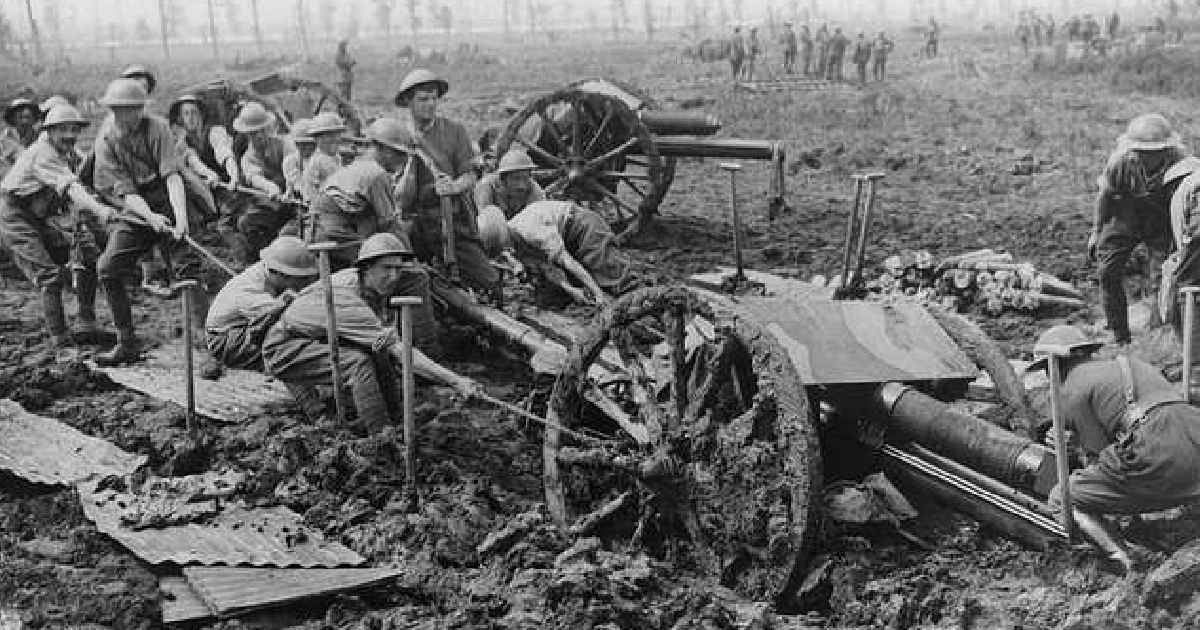
- Location: Passchendaele, Belgium
- Deaths: Over 570,000 casualties
- Key Features: First World War, trench warfare, extreme weather conditions
The Third Battle of Ypres, or Battle of Passchendaele, took place from July to November 1917. French and British troops attacked German positions to force them over. The downpours and soggy ground made the battlefield a ditch, hindering transportation and tactics.
Despite the British and Allied efforts, the conflict quickly became a nasty stalemate. Both sides lost heavily in trench fighting, which was futile. The extent of destruction at Passchendaele symbolizes the First World War’s human cost.
8. The Battle of Moscow
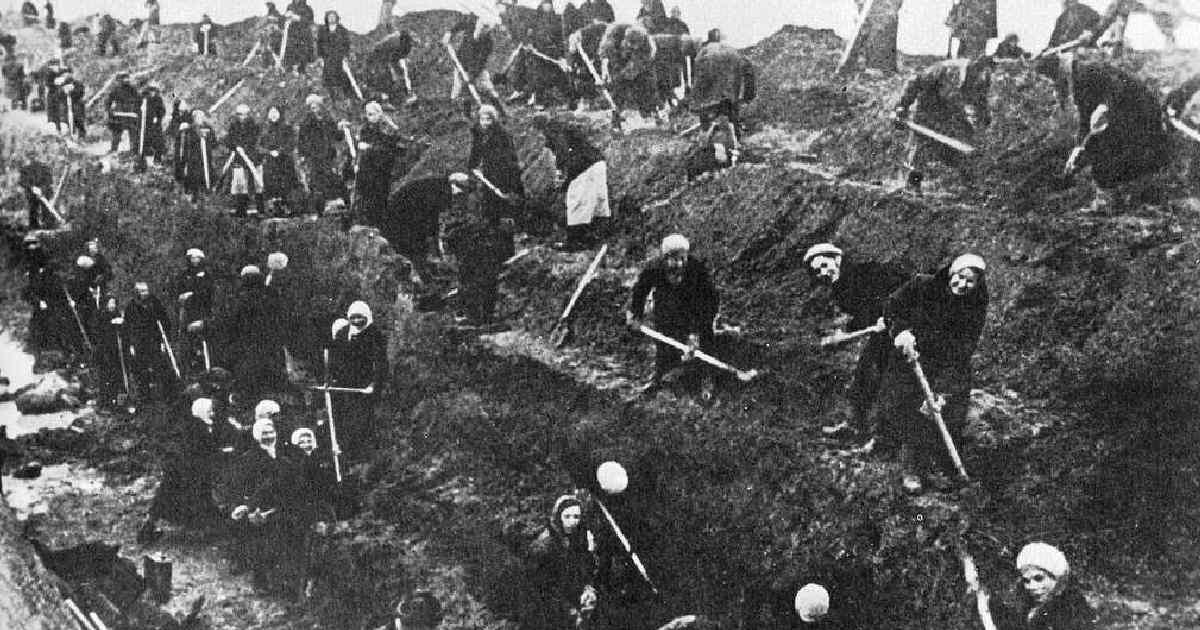
- Location: Moscow, Russia
- Deaths: Over 1 million casualties
- Key Features: Second World War, Russian winter, German and Soviet forces
The Battle of Moscow, which occurred from October 1941 to January 1942, was crucial to the Second World War. The Germans launched Operation Typhoon to conquer Moscow before winter. However, the German advance was stopped by strong pushback compared to the Russian army and the start of a harsh winter.
After German soldiers suffered frigid conditions and administration, the Russian army retaliated, prompting them to retreat. By establishing that the Nazi attack could be stagnated, the battle was an essential turning point on the Eastern Front. It also laid the basis for other victories for the Soviet Union.
7. The Brusilov Offensive
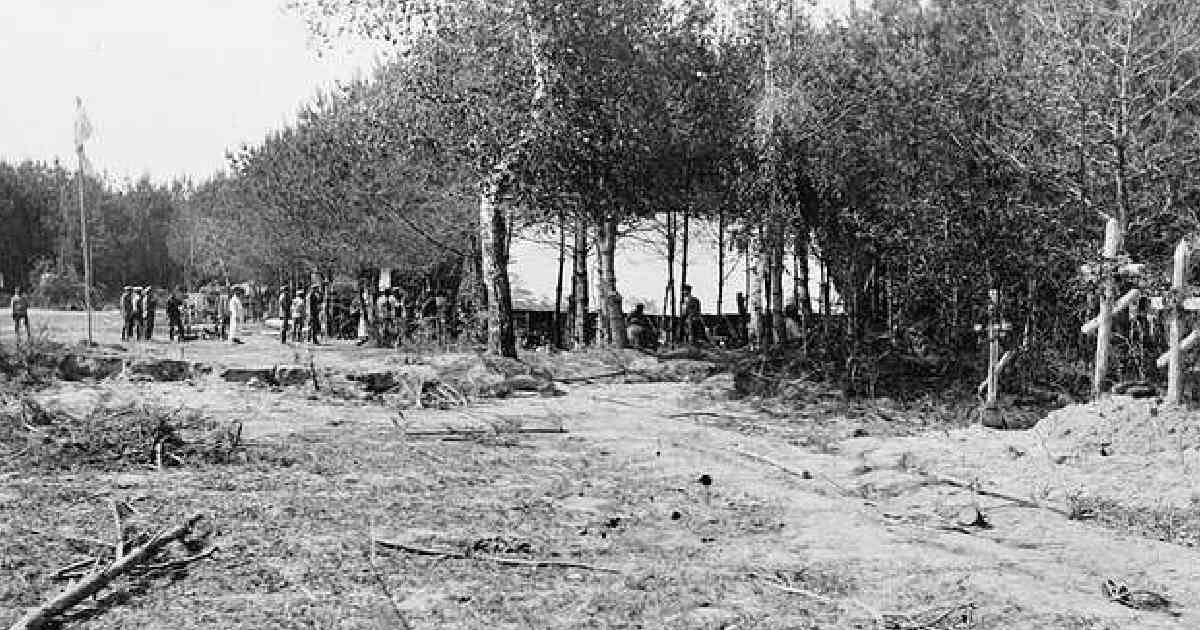
- Location: Eastern Front, modern-day Ukraine
- Deaths: Estimated 1.6 million casualties
- Key Features: First World War, Russian offensive, heavy Austro-Hungarian losses
One of the Russian army’s greatest attacks was the 1916 Brusilov Offensive. The anti-Austro-Hungarian Eastern Front operation was named after General Alexei Brusilov. Russian forces destroyed the military of Austro-Hungary and crippled the Central Powers using new tactics and unexpected assaults.
The invasion killed hundreds on both sides, notably Austro-Hungarians. Despite its initial success, the Russian army grew weary and stagnated. The Brusilov Offensive changed the Eastern Front’s balance of strength and weakened the Central Powers.
6. Verdun
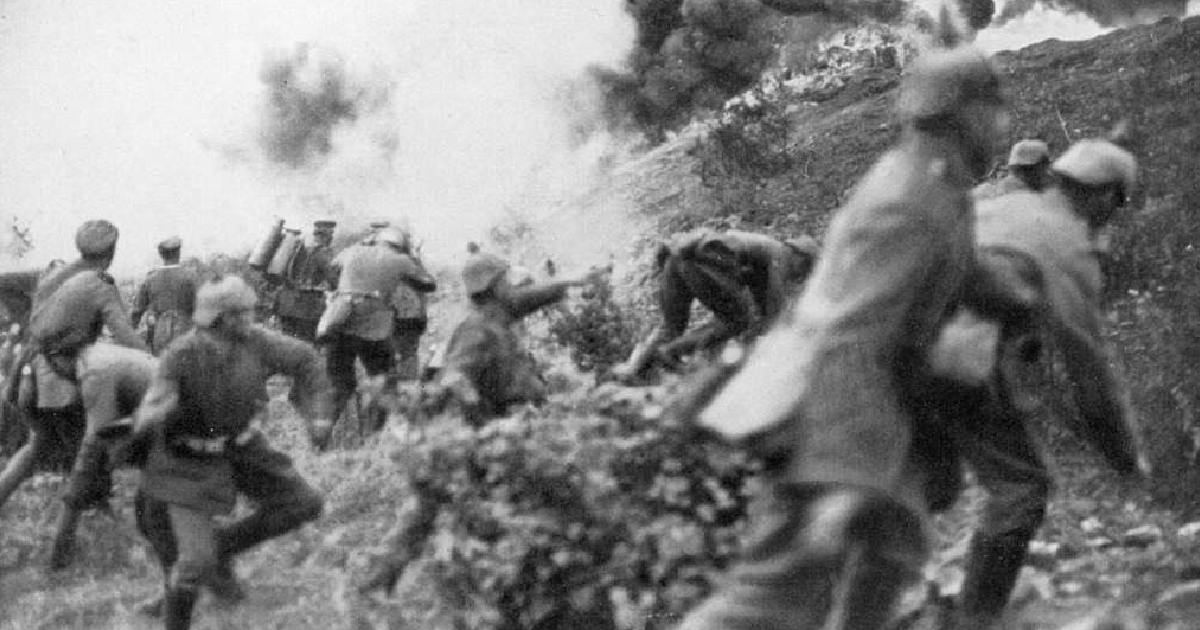
- Location: Verdun, France
- Deaths: Over 700,000 casualties
- Key Features: First World War, longest battle, French and German forces
The Battle of Verdun, which lasted from February to December 1916, proved to be one of the bloodiest and worst in military history. The German army besieged Verdun and compelled the French to surrender. During General Philippe Pétain, the French army fought frantically to protect the city.
A horrific degradation war unfolded as Verdun symbolized French resistance. German and French casualties were enormous, and the conflict ended with no territorial achievements. Verdun’s legacy commemorates trench warfare’s atrocities and the commitment of both armies.
5. The Battle of Hankow
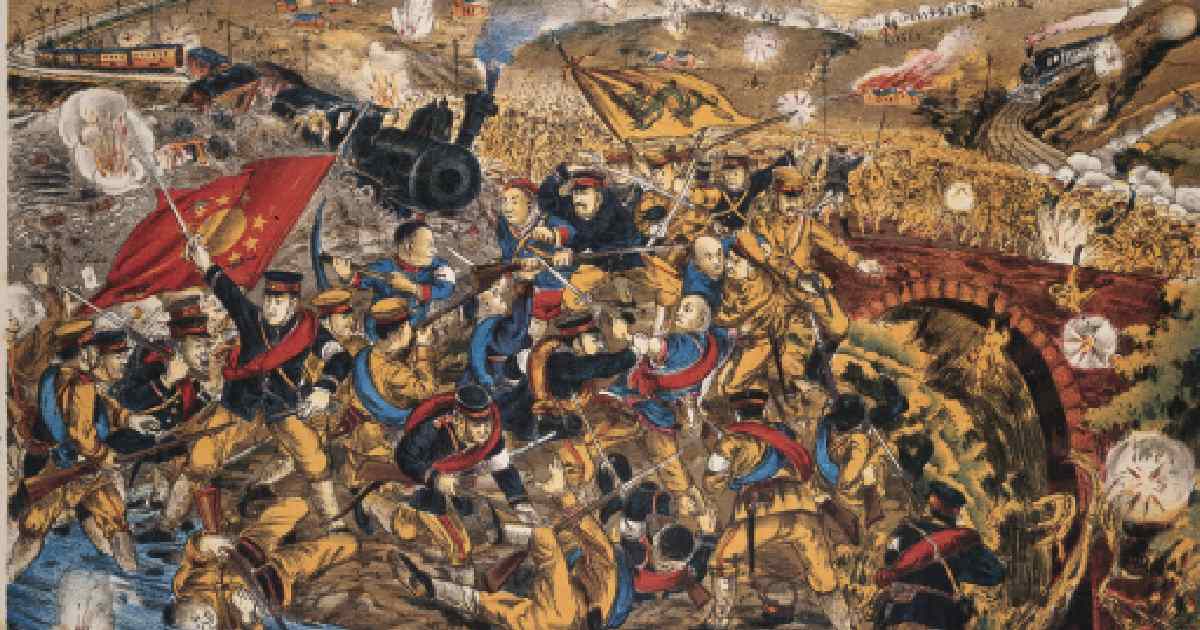
- Location: Hankow, China
- Deaths: Over 1.5 million casualties
- Key Features: Second Sino-Japanese War, urban combat, prolonged siege
One of the worst obligations of the Second Sino-Japanese War was Hankow in 1938. Japanese soldiers mounted a strong attack to take Hankow, a major economic and political hub In China. Urban warfare became extremely fierce during the battle, and a lot of innocent individuals on both sides died.
The outgunned and outnumbered Chinese defended for months, extending the siege period. The Japanese captured Hankow notwithstanding their attempts, but the battle altered the war. It showed the Chinese army’s resilience and the difficulty of urban warfare in heavily inhabited areas.
4. The Battle of the Somme
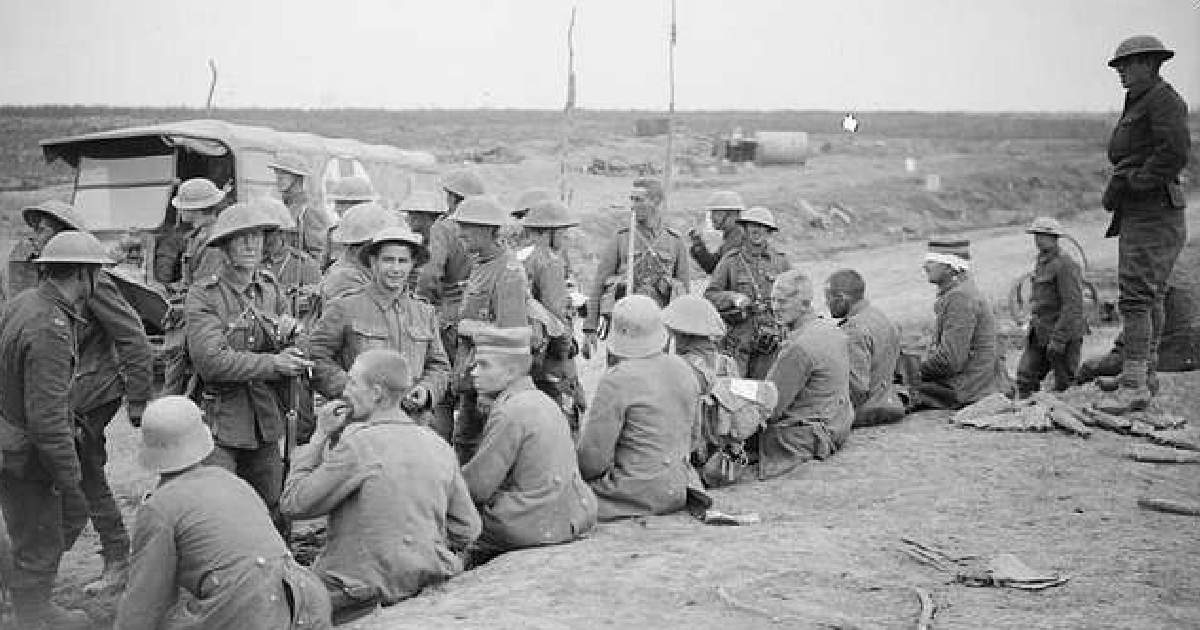
- Location: Somme, France
- Deaths: Over 1 million casualties
- Key Features: First World War, British and French forces, extensive use of artillery
On July 1, 1916, the Battle of the Somme began, among the greatest obligations in history. French and British soldiers initiated a huge bombardment against German forces across the Somme River in the north of France. Relieving the pressure on the French at Verdun required cutting past German defenses.
The dispute swiftly became a brutal deadlock, with neither side making progress. Millions of soldiers were killed or disabled by cannons and machine guns. Mass destruction and trench fighting remain memorable from the Somme.
3. Operation Bagration (Belarus)
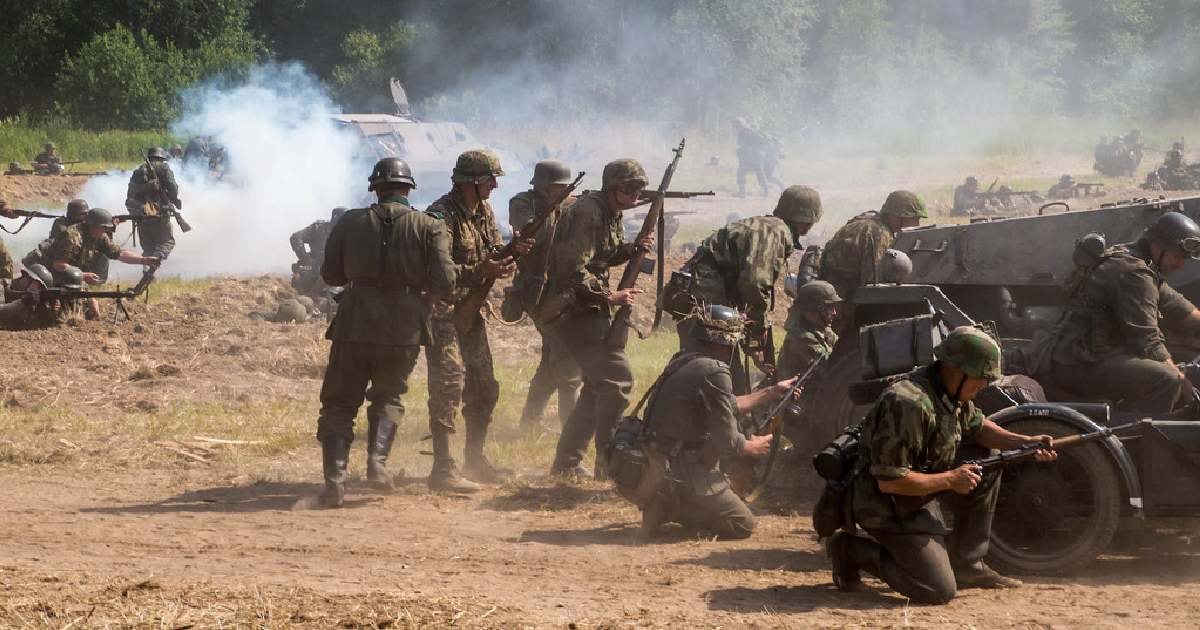
- Location: Belarus, Eastern Front
- Deaths: Over 1.3 million casualties
- Key Features: Second World War, Soviet offensive, destruction of German Army Group Centre
Operation Bagration, commonly known as the Battle of Belarus, was a major Soviet onslaught in June 1944. The Soviet army aimed to recapture Belarus and defeat the German Army Group Centre. Given the strong Soviet army-air force collaboration, German soldiers were surrounded and destroyed.
The operation claimed the lives of almost a million German soldiers. The Eastern Front’s strength changed after Operation Bagration allowed the Soviets to march into Berlin. It is still one of the most important engagements, proving Soviet military strategy worked.
2. The Battle of Berlin
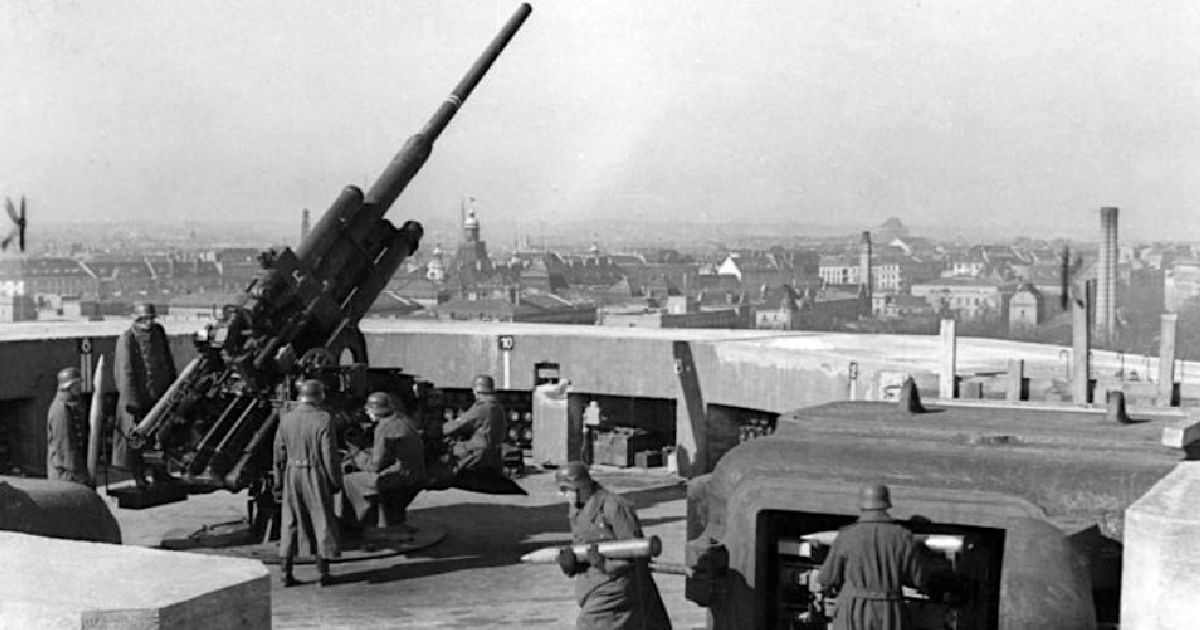
- Location: Berlin, Germany
- Deaths: Over 1.3 million casualties
- Key Features: Second World War, final battle, German and Soviet forces
Berlin was the last major combat of World War II in Europe, held from April to May 1945. Million-strong Soviet soldiers encircled Berlin and attacked it mercilessly. In a desperate defensive stance, German forces fought street by street to stop the Soviet advance.
Much of Berlin suffered damage in the war. The city crumbled after Nazi Germany disintegrated and the European war ended. After over a million deaths, including ordinary people, the Battle of Berlin is one of the deadliest urban fights in history.
1. The Battle of Stalingrad
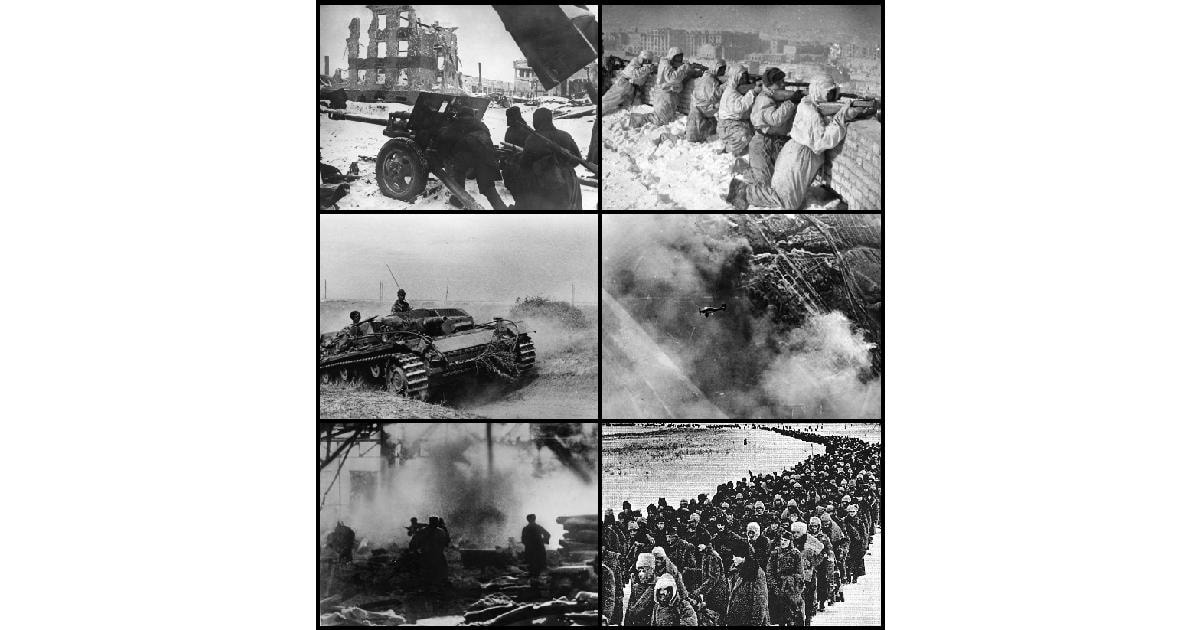
- Location: Stalingrad, Russia
- Deaths: Over 2 million casualties
- Key Features: Second World War, turning point, Russian and German forces
One of the worst wars in history, the Battle of Stalingrad, claimed almost 2 million lives. Ranging from August 1942 to February 1943, it dominated the Second World War. Stalingrad was fiercely protected by the Russian army, resulting in terrible fighting in the streets and massive attacks.
Russia successfully resisted, surrounding and isolating the German 6th Army. German forces succumbed at Stalingrad, crippling the Nazi military effort and launching the Soviet attack on Germany. Stalingrad signifies tenacity against every challenge.
Conclusion
World-changing wars have shaped military tactics, electoral politics, and nations. These missions, whether on land or sea, revealed the brutality of combat and enormous losses. Every war, from the largest naval fight at Leyte Gulf to Stalingrad’s urban devastation, left an indelible impression on military history. They reveal the cost of war and the resilient qualities of combatants.
Frequently Asked Questions (FAQs)
What was the biggest battle in history?
The Battle of Stalingrad, fought during the Second World War from 1942 to 1943, is often considered the biggest battle in history. Over 2 million people, including Russian and German soldiers, were involved. The battle lasted several months, resulting in a catastrophic loss of life and a turning point in the war against Nazi Germany.
What is the single bloodiest battle in history?
The Battle of Stalingrad is recognized as the single bloodiest battle in history, with more than 2 million casualties. The battle saw brutal fighting between the Soviet and German armies, compounded by freezing conditions and a desperate fight for survival. It made it the deadliest engagement of the Second World War.
Which battle was the largest invasion in history?
The Battle of Stalingrad represented part of the largest invasion in history, known as Operation Barbarossa when Nazi Germany invaded the Soviet Union in 1941. Stalingrad was a major turning point where the Soviets halted the German advance, marking the beginning of the Axis decline on the Eastern Front.
What was the greatest war in history?
The Second World War is widely regarded as the greatest war in history due to its global scale, involving most nations. It saw massive battles like Stalingrad, involved millions of soldiers, and shaped the modern geopolitical landscape. The war resulted in an estimated 70-85 million deaths worldwide.
What is the deadliest war in history?
The Second World War holds the grim title of the deadliest war in history. Spanning from 1939 to 1945, it resulted in an estimated 70-85 million deaths, both military and civilian. The war’s massive scale, including battles like Stalingrad and the Holocaust, contributed to its unprecedented loss of life.

